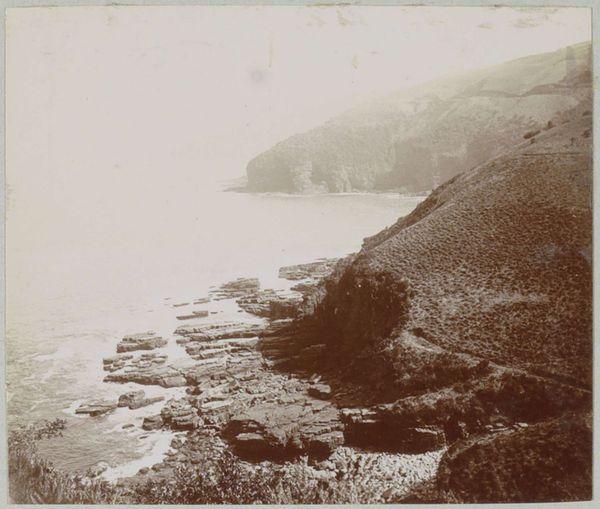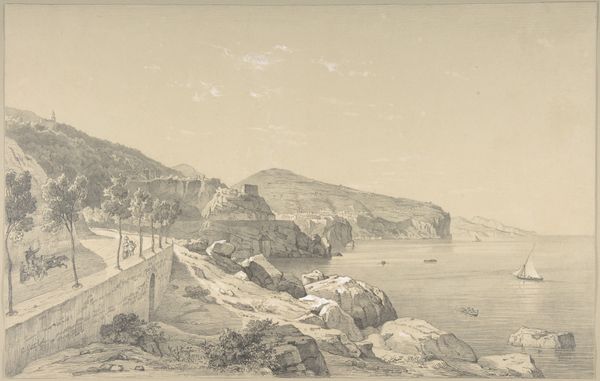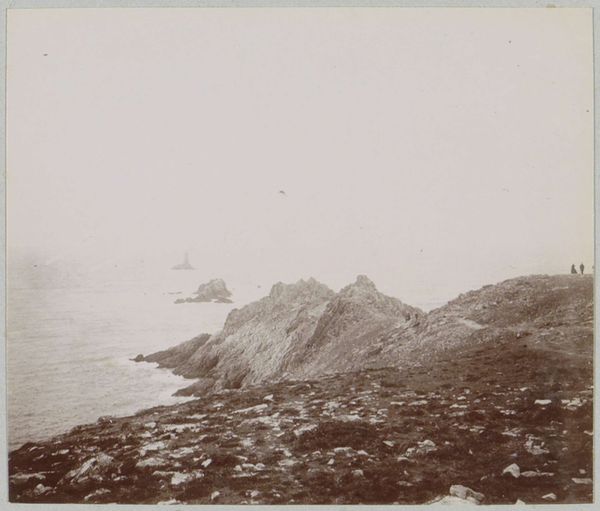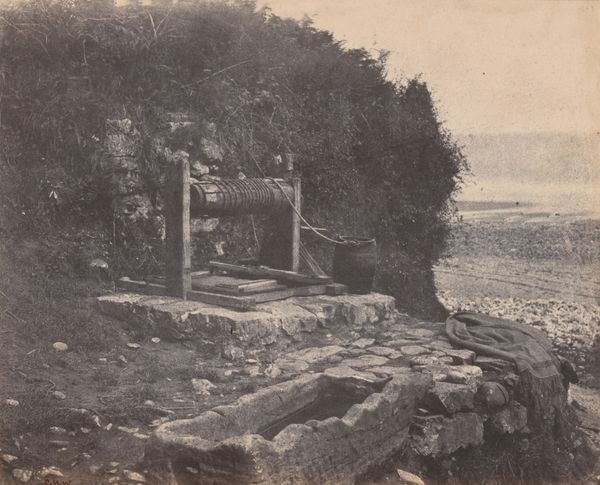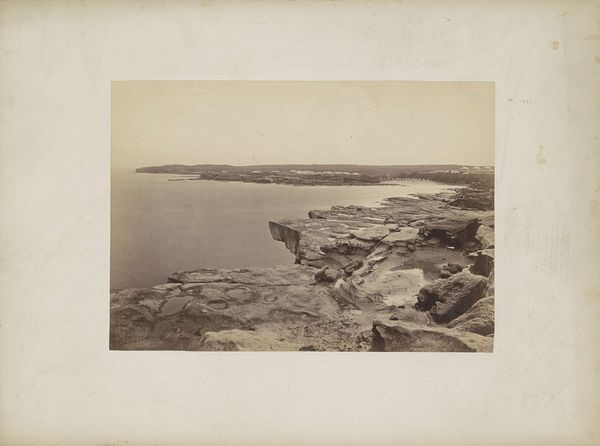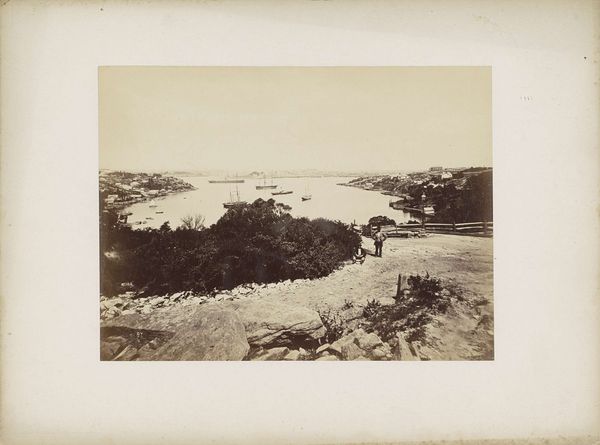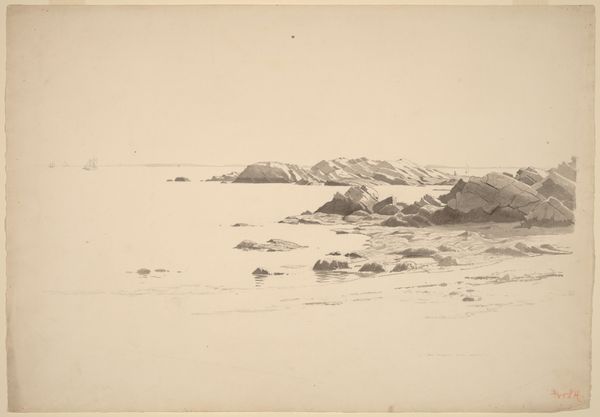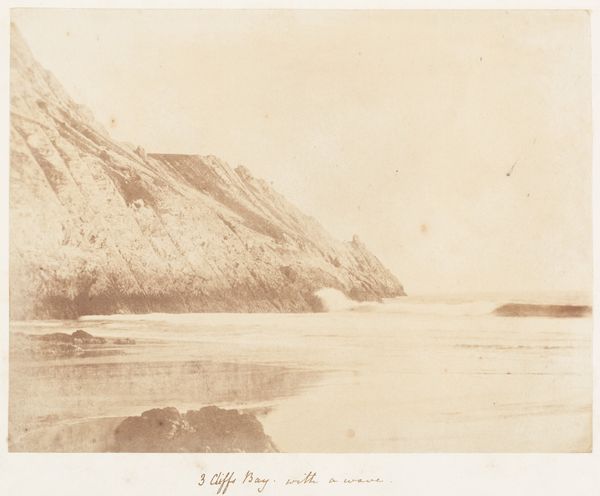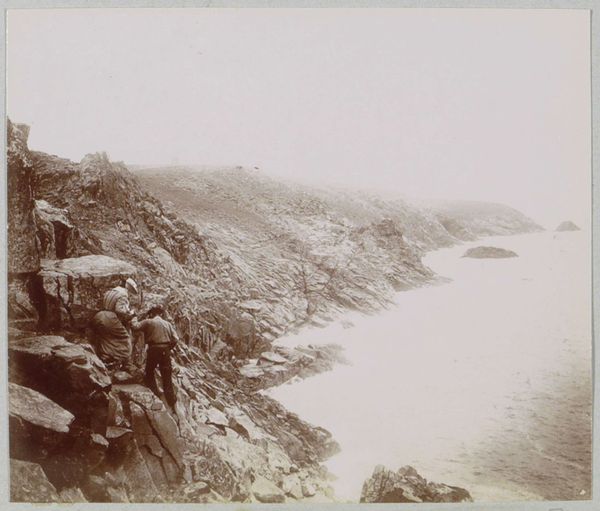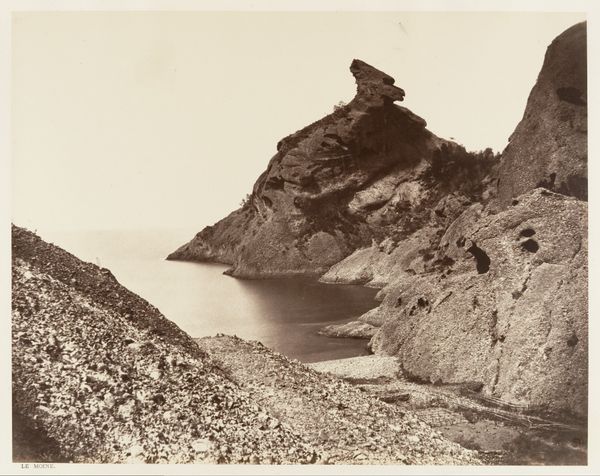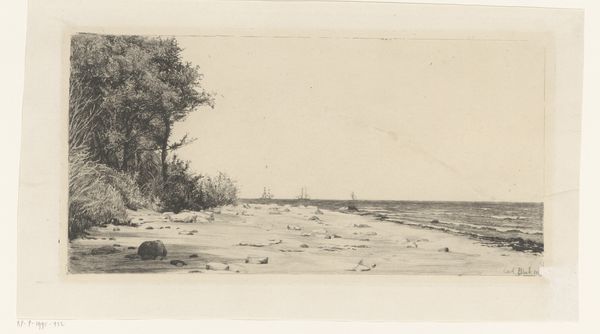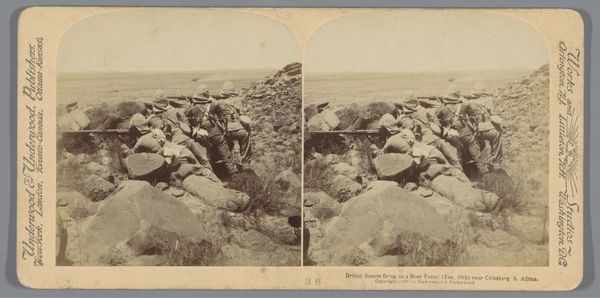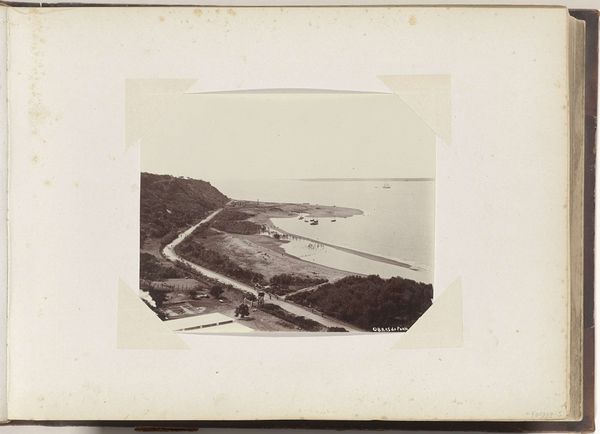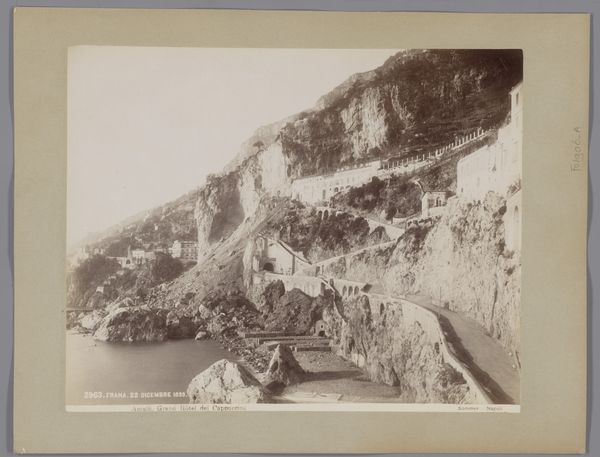
print, photography, photomontage, albumen-print
#
16_19th-century
# print
#
war
#
landscape
#
photography
#
photomontage
#
men
#
united-states
#
albumen-print
Dimensions: 25.5 × 35.7 cm (image/paper); 41 × 50.5 cm (album page)
Copyright: Public Domain
Editor: This is "Exterior View of Fort Sumpter," taken in 1866 by George N. Barnard. It's an albumen print, and it captures a scene of destruction. The broken brick and the lone cannon are haunting. What catches your eye in this image? Curator: What I find compelling is Barnard’s meticulous documentation of the ruin's materiality. The albumen print process itself is key – how the chemicals interact with the paper to fix the image. It's not just about *what* is depicted, but *how* the image is constructed using specific materials and labor. The war created so much waste, as well as physical ruin; the material realities are very prominent. Editor: That's a really interesting point about the albumen print. I was focused on the imagery itself. Curator: Consider the labor involved. From the mining of materials for the cannon to the processing of the photographic chemicals. And the act of photographing these sites wasn't merely objective documentation. These photographs were commodities, mass-produced for a public eager to consume images of war and its aftermath. Editor: So you are saying that Barnard’s image of Fort Sumter contributes to this… consumption of war? That it isn't just objective documentation? Curator: Precisely. He is participating in the commerce of national trauma. The very act of viewing transforms the rubble into a spectacle. Even this supposed "landscape" has people involved and exploited. Who do you think was harmed creating the materials depicted? Editor: I hadn't considered that angle. It makes me think about the larger system that produces these images and profits from them. I guess looking closely at the materials tells a more complex story. Curator: It prompts us to consider not only the aesthetics of ruins, but the material processes that create them. The destruction, commodification, and consumption—it all folds together, doesn't it?
Comments
No comments
Be the first to comment and join the conversation on the ultimate creative platform.
